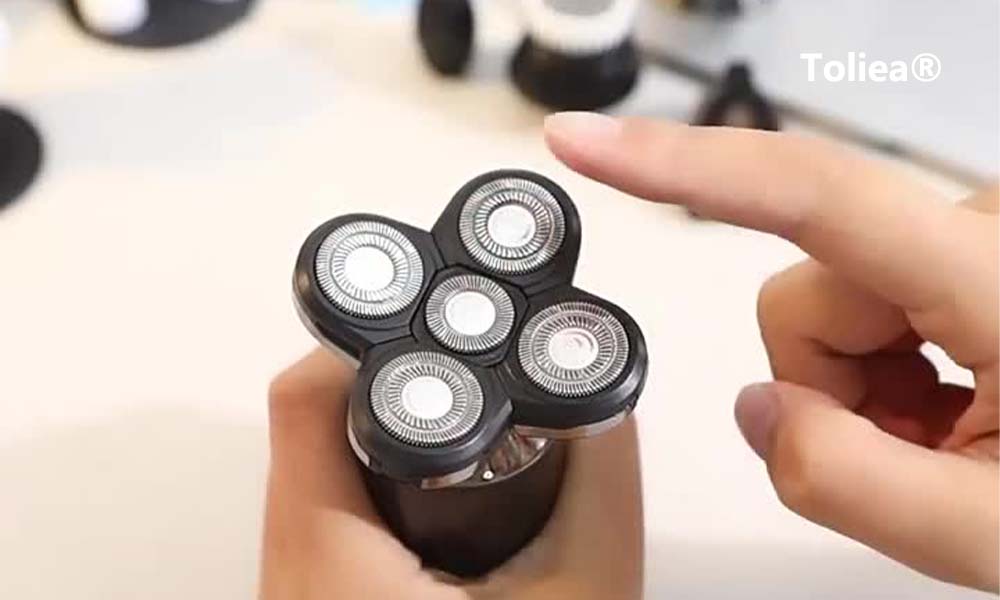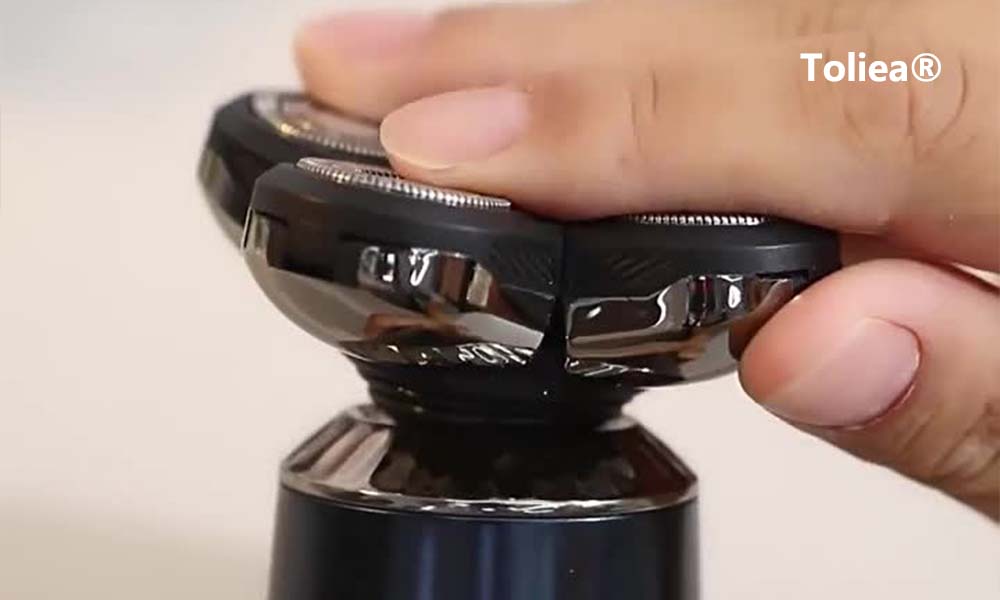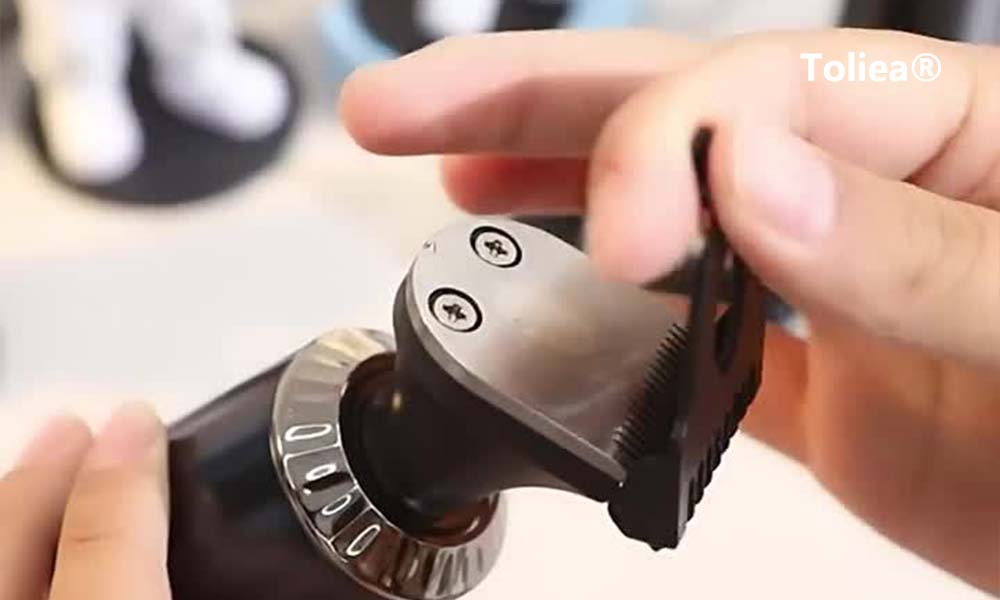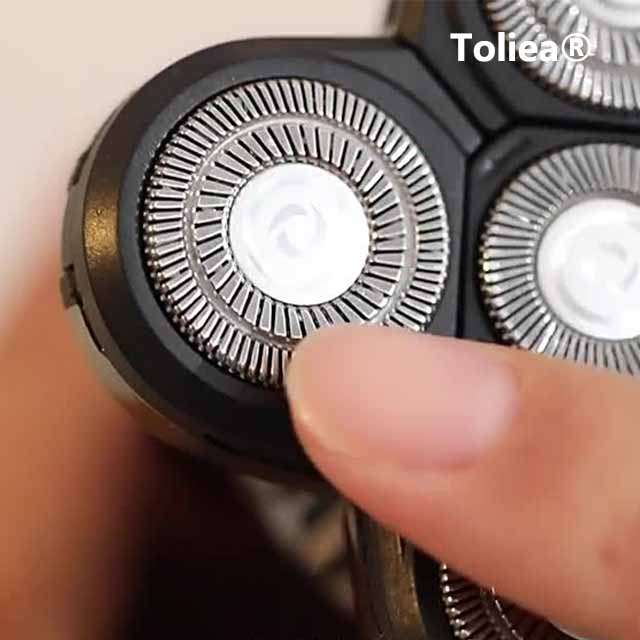As an essential tool in modern men’s daily lives, the internal structure and working mechanism of electric shavers are both complex and intricate. Understanding the key components of electric shavers and how they work together not only helps us choose and use shavers better but also extends their lifespan. This article will provide an in-depth analysis of the internal structure and working mechanism of electric shavers, focusing on the functions and coordinated operation of the blades, motor, and charging system.
Blades: The Core of Shaving

The blades of an electric shaver are its core components, directly determining the effectiveness and comfort of shaving. The blades of an electric shaver usually consist of two parts: the outer foil and the inner blades.
- Outer Foil: The outer foil is a thin metal mesh that covers the inner blades. Its primary function is to protect the skin, preventing the inner blades from directly contacting the skin and causing injury. Additionally, the small holes in the outer foil guide the hairs into the inner blade area, ensuring a clean and thorough shave.
- Inner Blades: The inner blades are located beneath the outer foil and are driven by the electric motor to move at high speeds, either reciprocating or rotating. The sharpness and speed of the inner blades directly impact the efficiency and effectiveness of shaving. Modern high-end electric shavers often feature multi-blade designs to increase the coverage area and improve shaving results.
Motor: The Power Source

The motor of an electric shaver is its power source, responsible for driving the movement of the inner blades. Depending on the design, the motors of electric shavers mainly come in the following types:
- AC Motors: Early electric shavers mostly used AC motors, which required plugging in for use. The advantages of AC motors include high power and stability, but the drawback is the need for a power connection, making them inconvenient to use.
- DC Motors: With technological advancements, DC motors gradually replaced AC motors. DC motors are usually powered by rechargeable batteries and offer advantages such as smaller size, lighter weight, and lower noise, making electric shavers more portable and efficient.
- Linear Motors: Some high-end electric shavers use linear motors, which provide higher shaving speeds and a smoother shaving experience. Linear motors drive the inner blades to move in a straight, reciprocating motion through electromagnetic induction, resulting in superior shaving performance.
Charging System: Continuous Power Supply
Modern electric shavers mostly use charging systems to provide a continuous power supply. The design of the charging system directly affects the convenience and battery life of the shaver. The main types of charging systems include:
- Nickel-Metal Hydride (NiMH) Batteries: Early electric shavers often used NiMH batteries, which have a long lifespan and high energy density. However, NiMH batteries have a memory effect, requiring periodic complete discharge before recharging, which is inconvenient.
- Lithium-Ion (Li-Ion) Batteries: Modern high-end electric shavers typically use Li-Ion batteries, which are lightweight, have high energy density, and no memory effect. Li-Ion batteries not only provide longer battery life but also support fast charging, greatly enhancing convenience.
- Wireless Charging: Some of the latest electric shavers support wireless charging technology, using induction charging bases, further enhancing convenience and adding a touch of modernity.
Coordinated Operation: Efficient Shaving Experience

The blades, motor, and charging system of an electric shaver work together through precise design and coordination to achieve an efficient shaving experience. Specifically:
- Blade and Motor Coordination: The inner blades move at high speeds driven by the motor, cutting hairs through the guidance of the outer foil. Modern electric shavers often feature floating heads that automatically adjust angles based on facial contours, ensuring even and comfortable shaving.
- Motor and Charging System Coordination: DC motors are powered by rechargeable batteries, providing a continuous power source. Efficient charging systems not only allow for fast charging but also offer long battery life, ensuring the shaver is always ready for use.
- Smart Control System: Some high-end electric shavers are equipped with smart control systems that automatically adjust the motor’s power based on hair density and shaving pressure, offering a personalized shaving experience. Additionally, smart control systems can connect to smartphones via Bluetooth, providing shaving data analysis and personalized advice.
In summary, the internal structure and working mechanism of electric shavers are both complex and intricate. The key components work together through precise design and coordination to achieve an efficient and comfortable shaving experience.
Wishing you a pleasant life! With sincere regards, Toliea®.
